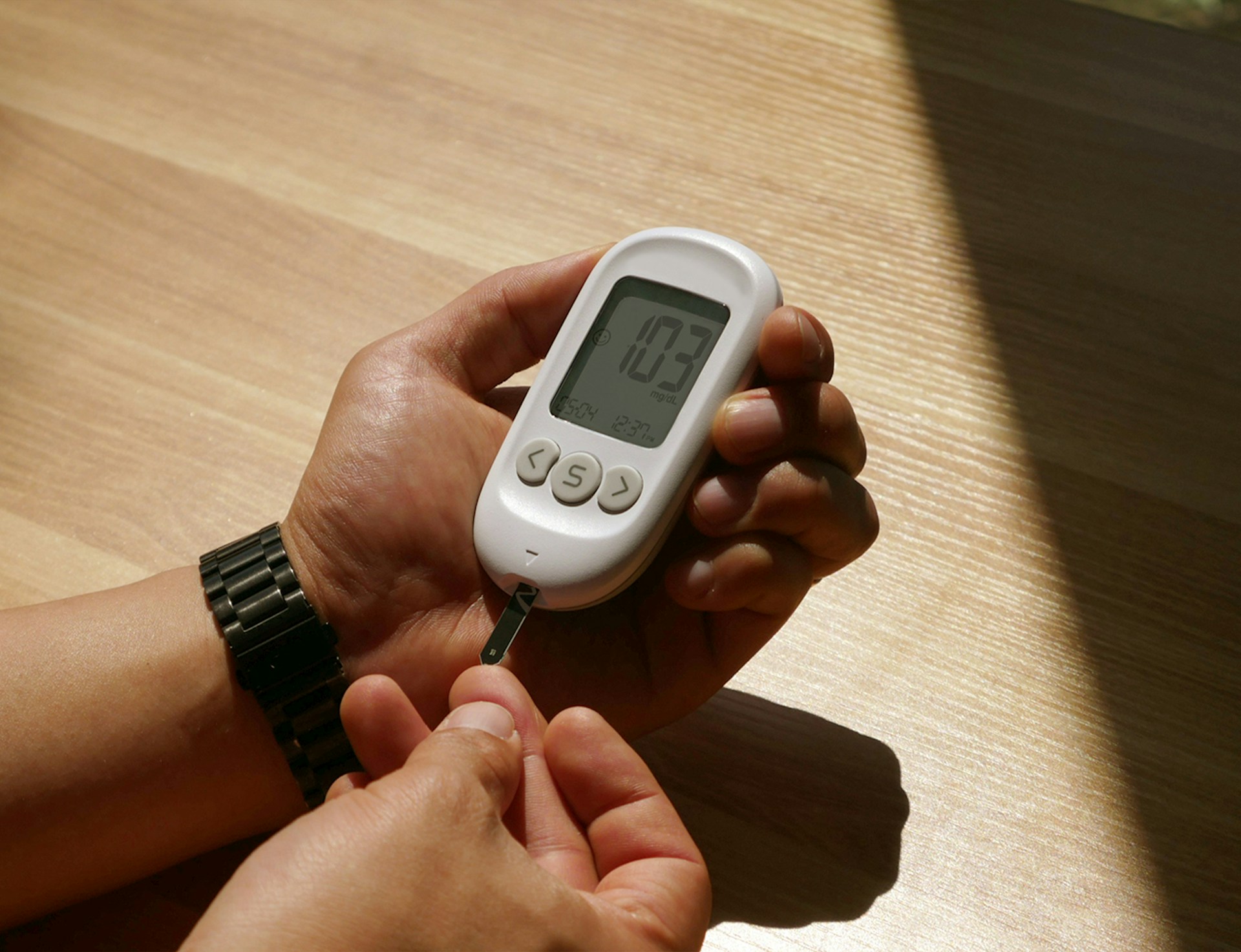High-Intensity Interval Training, commonly referred to as HIIT, has gained massive popularity in recent years. Fitness enthusiasts and scholars alike have lauded it for its efficiency and effectiveness. But beyond its well-known benefits for general fitness, what role does HIIT play in the prevention and management of chronic conditions such as type 2 diabetes? This article delves into the evidence from various studies, shedding light on the potential of HIIT as a powerful tool in the fight against diabetes.
Understanding the Link between Exercise and Diabetes
Before examining the specific role of HIIT, it’s crucial to understand the broader relationship between physical exercise and diabetes. Diabetes is characterized by high blood glucose levels. This situation arises when the body either does not produce enough insulin or the insulin produced is not effectively used.
Also to discover : What Are the Health Benefits of Adopting a Flexitarian Diet?
Exercise is a vital component of diabetes prevention and management. When you engage in physical activity, your muscles consume glucose for energy, lowering blood glucose levels. Exercise also helps in maintaining a healthy body weight and improving insulin sensitivity.
Research in this field is extensive. A scholar interested in understanding the link between exercise and diabetes can consult numerous resources. For instance, Google Scholar provides a wealth of academic articles on the topic. Crossref is another valuable tool that helps in managing references and locating other relevant studies.
In parallel : How Does Custom Orthotic Footwear Promote Healing in Diabetic Foot Ulcers?
The Impact of High-Intensity Interval Training
High-Intensity Interval Training (HIIT) is a form of exercise that involves brief, intense bursts of physical activity, followed by short recovery periods. This training type has been shown to have significant benefits, including improved cardiovascular fitness, increased calorie burn, and efficient workout times.
The impact of HIIT on diabetes prevention and control is a topic of interest among scholars and health practitioners. Several studies have reported beneficial effects on blood glucose control, insulin sensitivity, and body composition.
One such study, published by a group of scholars, involved participants undergoing a 12-week HIIT program. The results showed a significant reduction in blood glucose levels and improved insulin resistance among the participants. This finding underscores the potential of HIIT as an effective intervention for preventing and managing type 2 diabetes.
The Role of Intensity in HIIT and Diabetes Prevention
The intensity component is critical in HIIT and its role in diabetes prevention. The nature of HIIT – alternating between high-intensity exercises and periods of rest or lower intensity exercises – leads to significant improvements in the body’s ability to control blood glucose levels.
An analysis of multiple studies revealed that participants who engaged in HIIT showed improved insulin sensitivity compared to those who did only continuous moderate-intensity exercise. This improved insulin sensitivity is crucial in preventing type 2 diabetes, as it means that the body can use insulin more effectively to control blood glucose levels.
Practical Considerations for HIIT in Diabetes Prevention
While the evidence points to the benefits of HIIT in diabetes prevention, practical considerations must be taken into account. Things like the participants’ fitness level, age, and any existing health conditions influence the HIIT program’s design.
It is also worth noting that while ads on various platforms might make HIIT seem like a magic pill for diabetes prevention, it should ideally be part of a comprehensive lifestyle change. This change includes a healthy diet, regular check-ups, and moderate-intensity exercises alongside HIIT.
The Need for More Research
While current studies have shown promising results, there is a need for more research on HIIT’s role in diabetes prevention. Most of the studies conducted so far have been small-scale and short-term. Larger, long-term studies are necessary to determine the sustainability of HIIT’s benefits, the optimal intensity and time intervals for maximum benefits, and how these benefits compare with other forms of exercise in diabetes prevention.
Regardless of these knowledge gaps, the current evidence suggests that incorporating HIIT into your fitness routine could have significant pay-offs in terms of diabetes prevention and management. While you wait for more conclusive findings, remember that any form of exercise is better than none. So, get out there and start moving!
Expanding Your Knowledge on HIIT and Diabetes
For those interested in exploring more about the role of HIIT in preventing and managing type 2 diabetes, there are several resources available. Academic platforms such as Google Scholar and Crossref offer a range of scholarly articles. Here, you can find various studies detailing how regular high-intensity interval training can help maintain glycemic control and improve insulin sensitivity.
If you’re a scholar or a fitness enthusiast, you would greatly benefit from using the Crossref search tool. With it, you can manage references and locate other related studies. There is a wealth of information that supports the idea that exercise training, specifically HIIT, can have a significant impact on diabetes care. From enhancing body composition to improving blood glucose levels, the benefits are many.
For instance, a recent study accessible via Google Scholar looked into the effects of a 12-week HIIT program. The control group, which underwent the program, showed significant improvements in blood glucose control, insulin sensitivity, and body composition when compared to the group that did not participate in the program. This full text article, along with countless others, underscores the potential of HIIT as a vital tool for diabetes prevention and management.
Conclusion: The Power of Exercise in Diabetes Prevention
Considering the existing evidence, it’s clear that HIIT can play a significant role in preventing type 2 diabetes. By engaging in regular high-intensity interval training, people can improve their blood glucose control and insulin sensitivity. However, as with all fitness regimens, it’s essential to consider individual capabilities and health conditions. HIIT, while incredibly beneficial, should not be viewed as a standalone solution but rather one component of a comprehensive lifestyle change aimed at diabetes prevention.
Moreover, while the existing research is promising, there is a need for more detailed, long-term studies. It is crucial to understand the sustainability of HIIT’s benefits and determine the optimal intensity and time intervals for maximum pay-offs. As we continue to explore this field of study, we should also compare the benefits of HIIT with other forms of exercise training.
Regardless of the gaps in our knowledge, the current evidence suggests incorporating HIIT into your fitness routine has significant benefits. Whether you’re a scholar Crossref user scouring for the latest studies or a fitness enthusiast searching for effective exercise routines, the message is clear: HIIT can be a powerful tool in preventing and managing type 2 diabetes. So while we await more conclusive findings, remember: any form of exercise is better than none. Start moving, and let’s defeat diabetes together!

